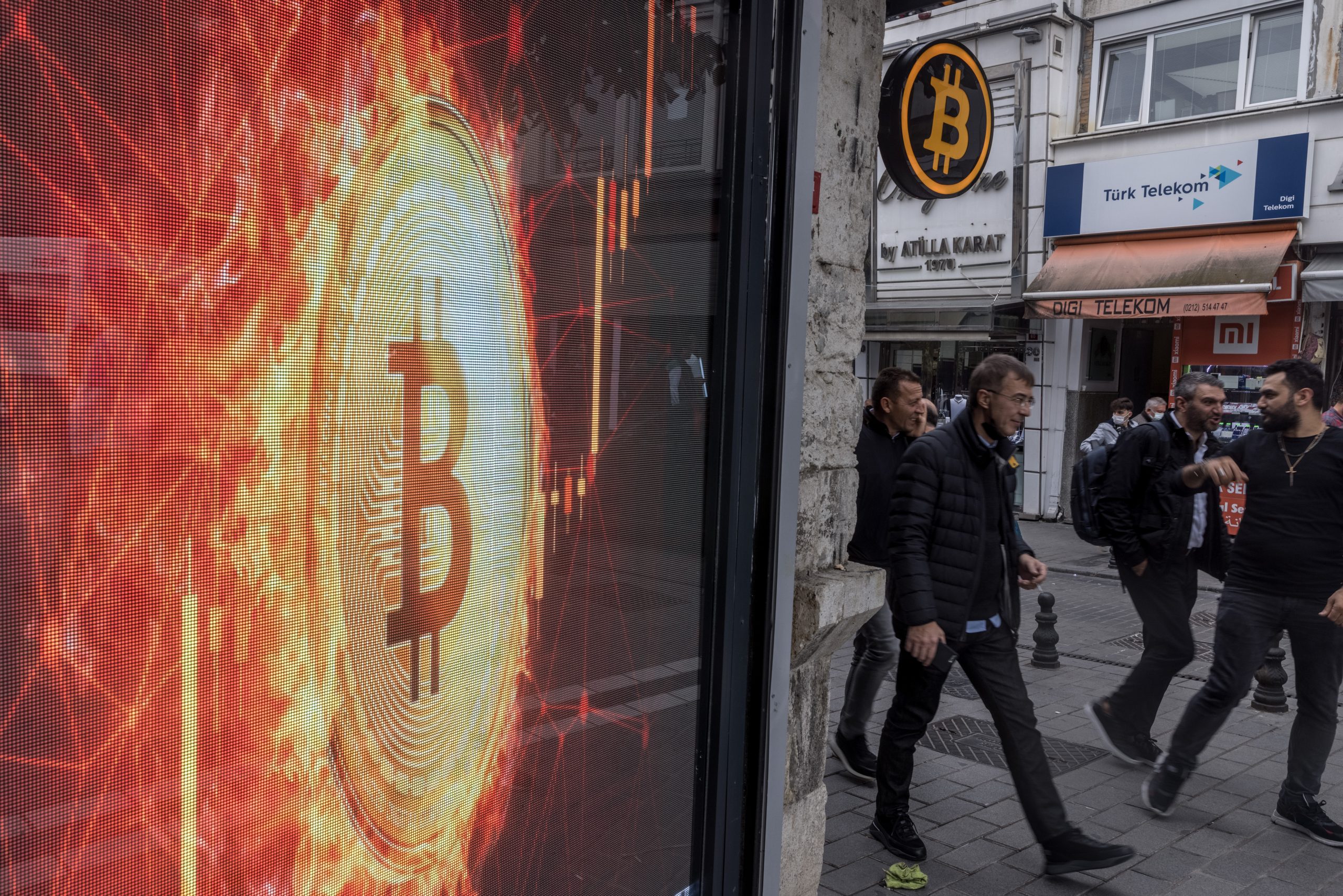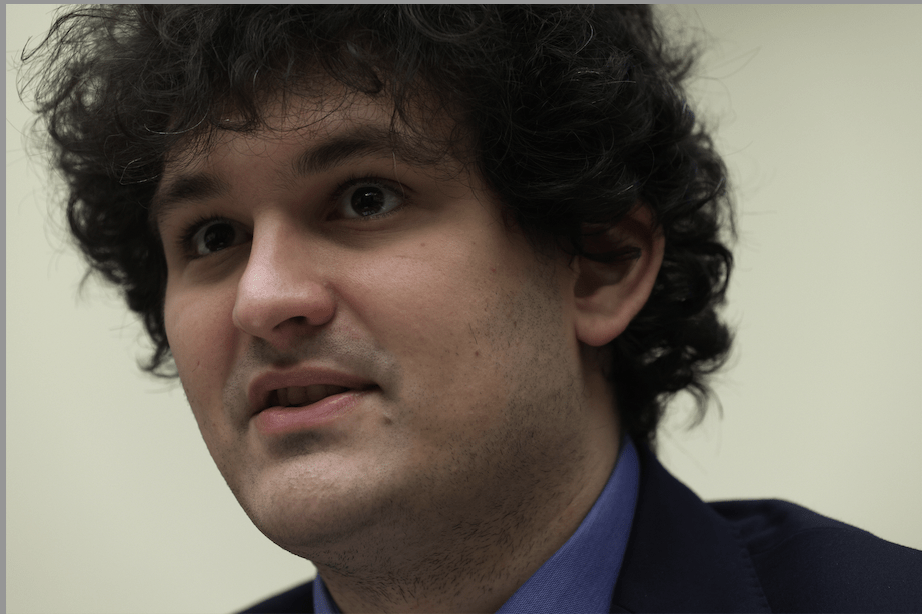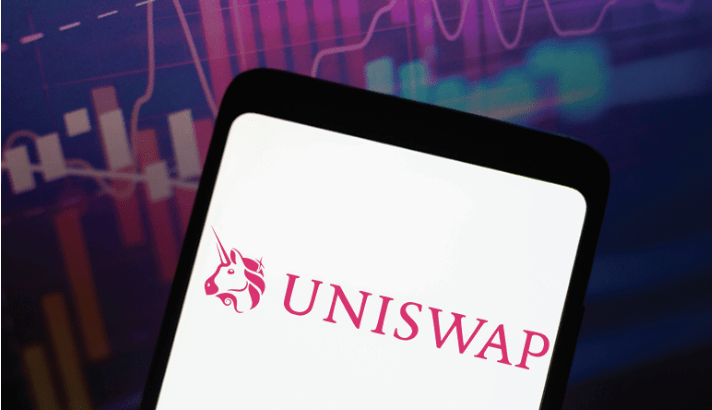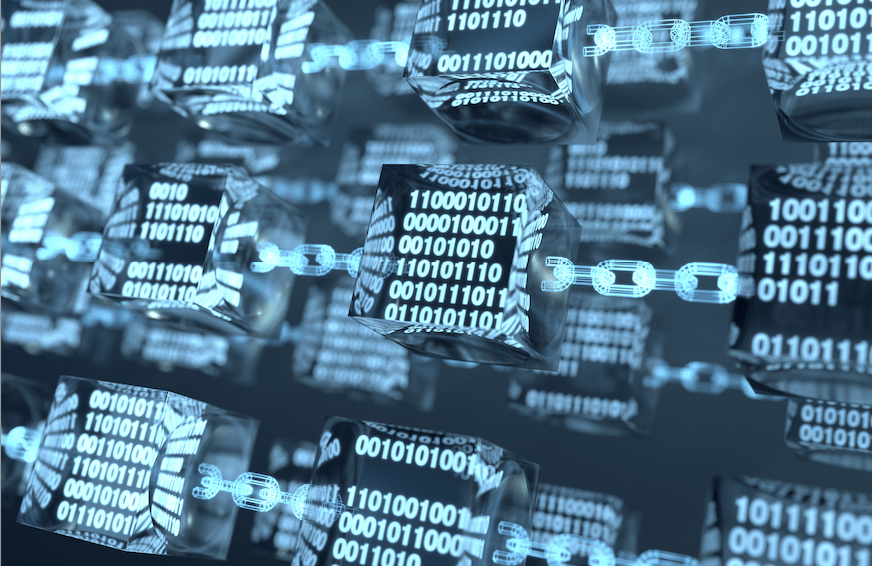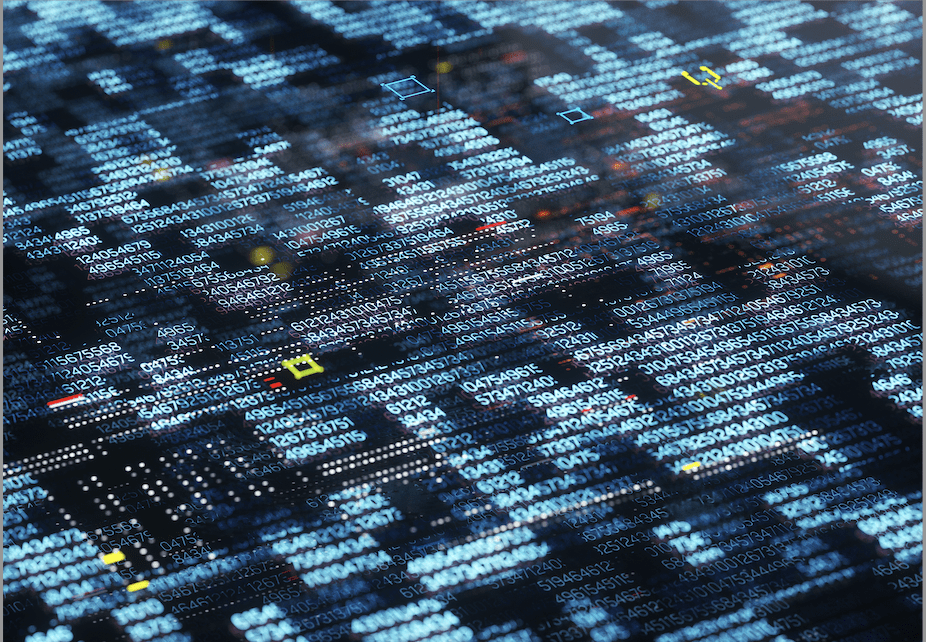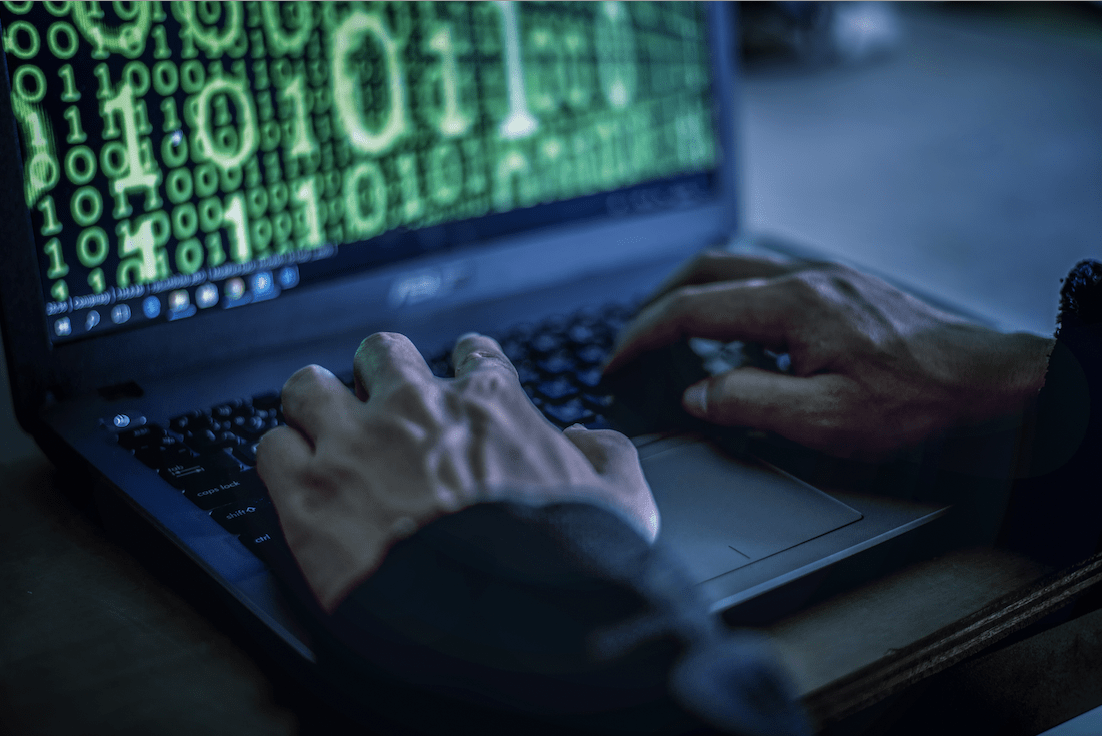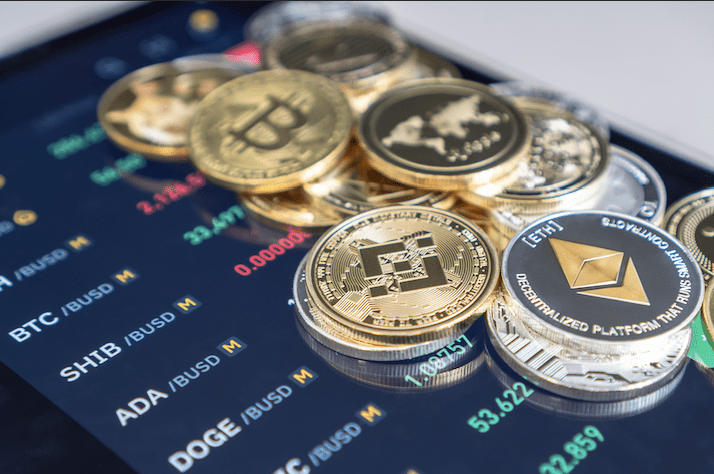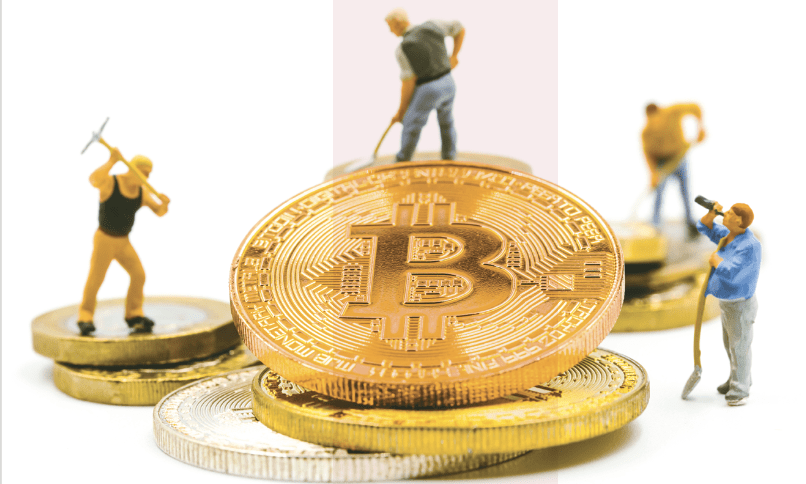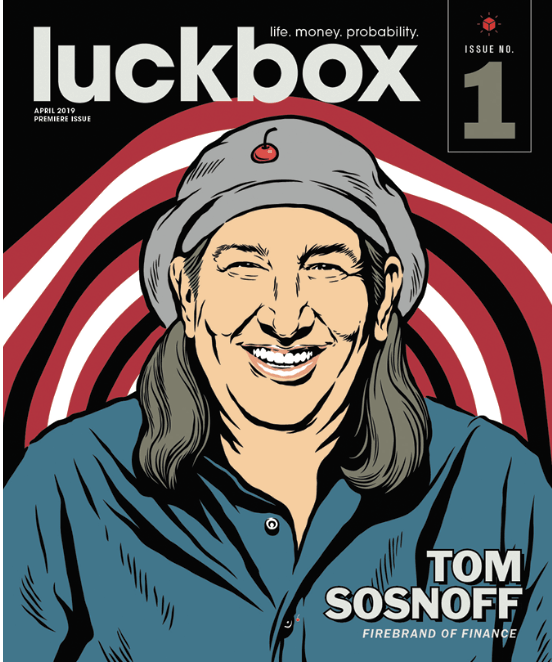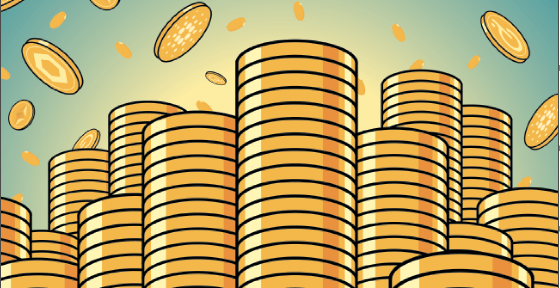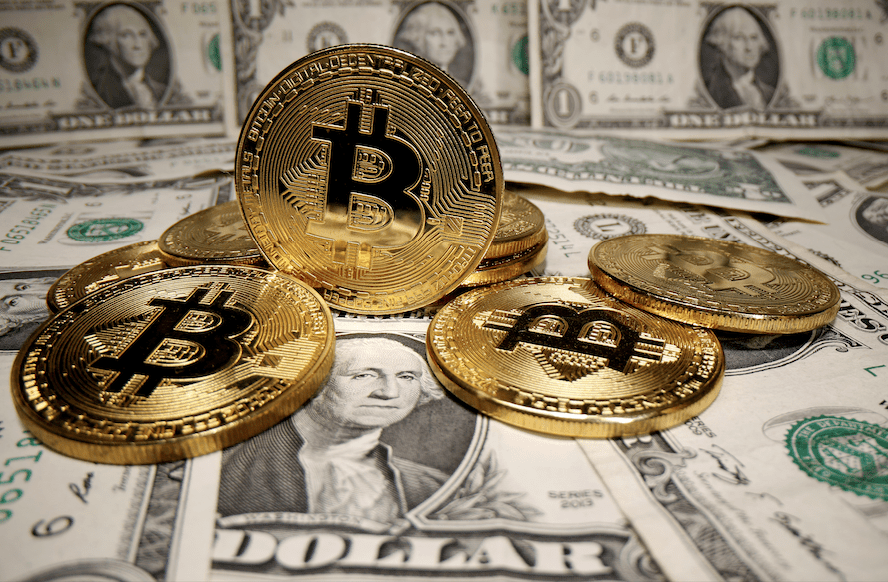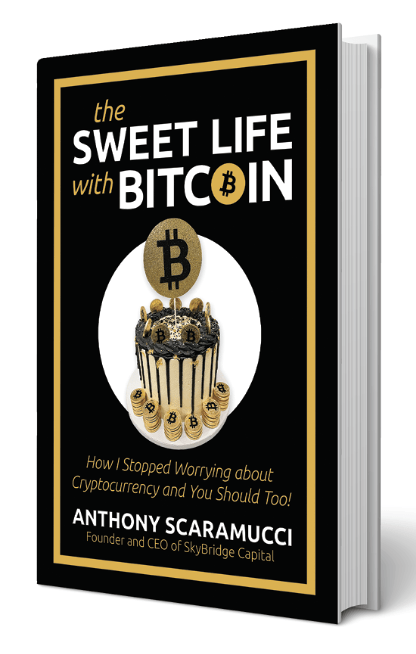Minting Digital Ink
NFTs are enabling artists to sell their physical creations online, providing more avenues for collectors, buyers and sellers
The past year saw a rise in the sale of art in the form of non-fungible tokens, or NFTs. From $69 million pieces of art to 1% stakes in recorded music rights, NFTs are becoming a new go-to for buying, owning and selling art once obtainable only physically. Now, even tattoos are finding a place in the NFT marketplace.
To refresh the minds of anyone who’s forgotten, as well as those who’ve never known, NFTs are digital signatures of authenticity that people buy, sell or trade. They’re created through blockchains—the same technology that backs cryptocurrency.
It’s a difficult concept to wrap one’s head...
Crypto Currently
-
New Challengers to YouTube’s Dominance
By Mark Helfman
|The original video-sharing platform can’t match the advantages of streaming on the blockchain -
The Epic Saga of FTX and Sam Bankman-Fried
|How It Started, How It’s Going… FTX was the world’s second-largest cryptocurrency exchange. On Nov. 11, FTX – valued at $32 billion – filed for bankruptcy. It had an $8… -
The Great Crypto Debate
|A Ponzi Scheme or the Future of Money? Proponents extoll the virtues of digital currency, while critics deem it worthless. Nearly everybody advocates regulating it. What’s the primary reason you… -
Crypto: What is it good for?
By Yesi D
|Critics disparage digital currency and believers praise it. Right now, the bears may seem clairvoyant, but investors who focus on the price of bitcoin may be missing three opportunities. By… -
The Simple Argument Against Crypto
|The first crypto project was called Bitcoin. It went badly because its technology and economics were poorly designed. Crypto was a project that wanted to remake money. Except many of… -
The Power of the Blockchain
By Mike Martin
|Technology safeguards cryptocurrency by creating an immutable ledger and banishing less-than-reliable humans from the equation To understand the value of cryptocurrencies—or lack thereof—investors can begin by cultivating a working knowledge… -
Crypto Crime Spree
By Weld Royal
|Cryptocurrency crime reaches an all-time high, affecting savvy and novice investors alike Crypto charlatans are using novel schemes to separate investors from billions of dollars. Last year alone, illicit addresses… -
The Blockchain: A New Paradigm for Data
By Mark Helfman
|A step closer to protecting individual privacy In April 2021, Russian hackers gained access to Colonial Pipeline’s computer network and shut it down. They demanded $4.4 million in bitcoin to… -
Crypto Doomsday
By Mark Helfman
|The year 2022 will mark the demise of cryptocurrency as we know it When forecasters get a prediction right, critics often chalk it up to little more than coincidence. But let’s… -
Inflation Has a New Hedge
By Mark Helfman
|The best hedge against inflation? Bitcoin. Because no matter what happens, the world will never have more than 21 million bitcoins. Plus, no one has shown that the price of… -
Cooking Up an NFT
By Mike Reddy
|Non-fungible tokens, or NFTs, have garnered a lot of attention in recent months. In the first half of 2021 alone more than $2.5 billion in NFT sales volume has exchanged… -
The Future of the Future of Money
By Ed McKinley
|No one can see or touch cryptocurrency, but that’s not stopping it from entering the mainstream. It surpassed a market capitalization of $2.5 trillion this spring after beginning the year… -
Those Elusive 500% Annual Returns
By Mike Reddy
|Luckbox’s April 2020 issue, Darknet Diaries, took aim at the criminal underground operating within the anonymous, encrypted underbelly of the internet’s deep web. There, drug dealers use e-commerce sites to… -
Nakamoto’s New Era
By Luckbox
|Terms like “mining” and “proof of work” are essential for cryptocurrency literacy. In his latest book, Anthony Scaramucci simplifies the complex and explains why his firm now wholly embraces bitcoin… -
Bitcoin Mining is Spewing Carbon
By Ed McKinley
|Producing bitcoins uses as much electricity as the nation of Argentina, but cardano is offering an alternative An energy-efficient cryptocurrency called cardano could help dislodge bitcoin, a notorious electricity… -
Crypto’s Next Frontier: Decentralized Finance
By Mark Helfman
|While many think of cryptocurrency as a way to make money or move it around, entrepreneurs and developers have started using the technology to solve problems with financial and commercial… -
Luckbox Leans in with Charles Hoskinson
By Jeff Joseph
|On bitcoin’s entropy, cardano’s opportunity, the next generation of digital currencies and libertarian ideals Charles Hoskinson, amathematician and tech entrepreneur,served as founding chairman of the Bitcoin Foundation’s education committee and… -
Crypto Committed
By Jeff Joseph
|Financier Anthony Scaramucci was well known among Wall Streeters and hedge fund insiders before he burst upon the national stage as White House communications director in July 2017. A scant…
